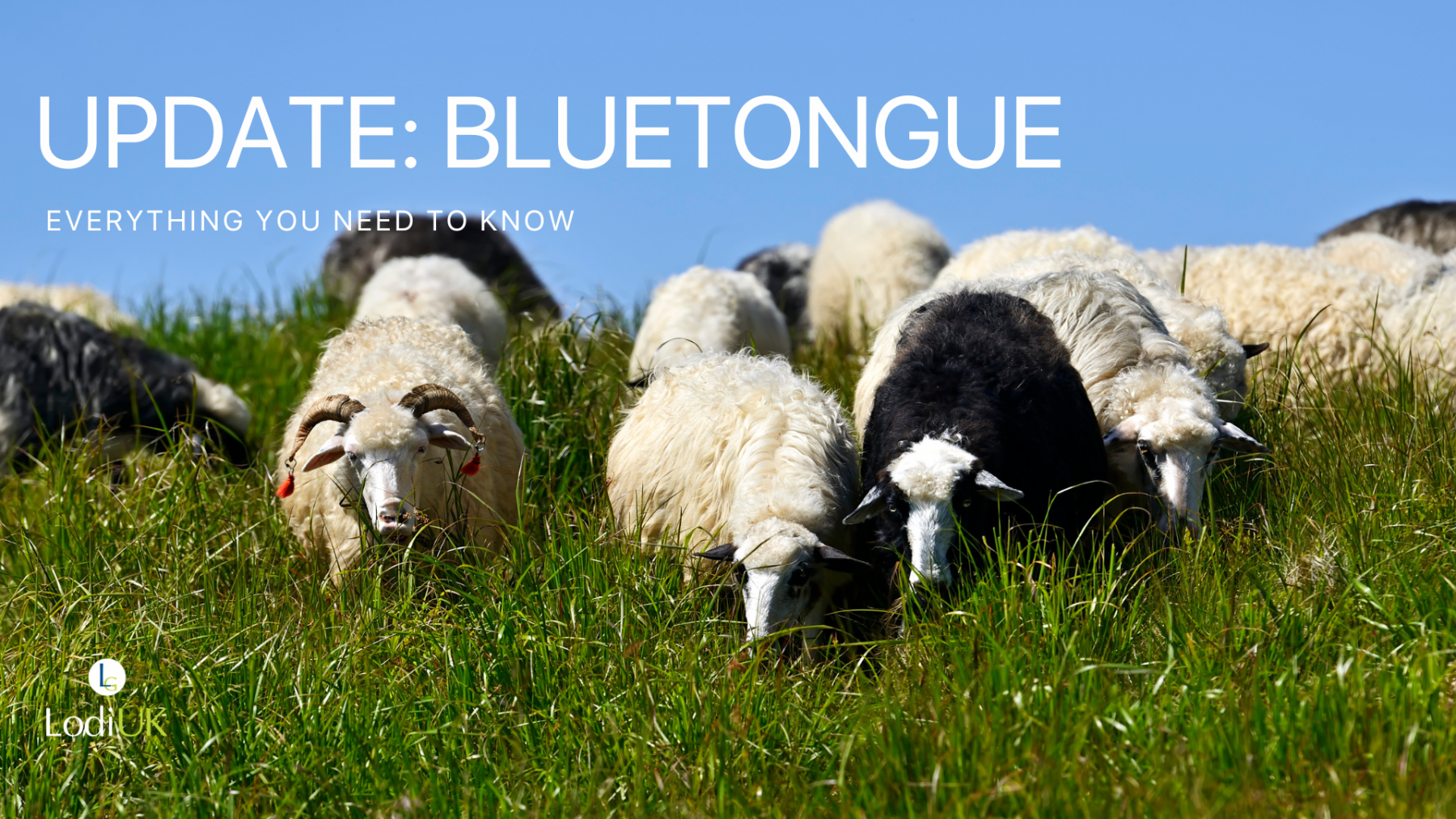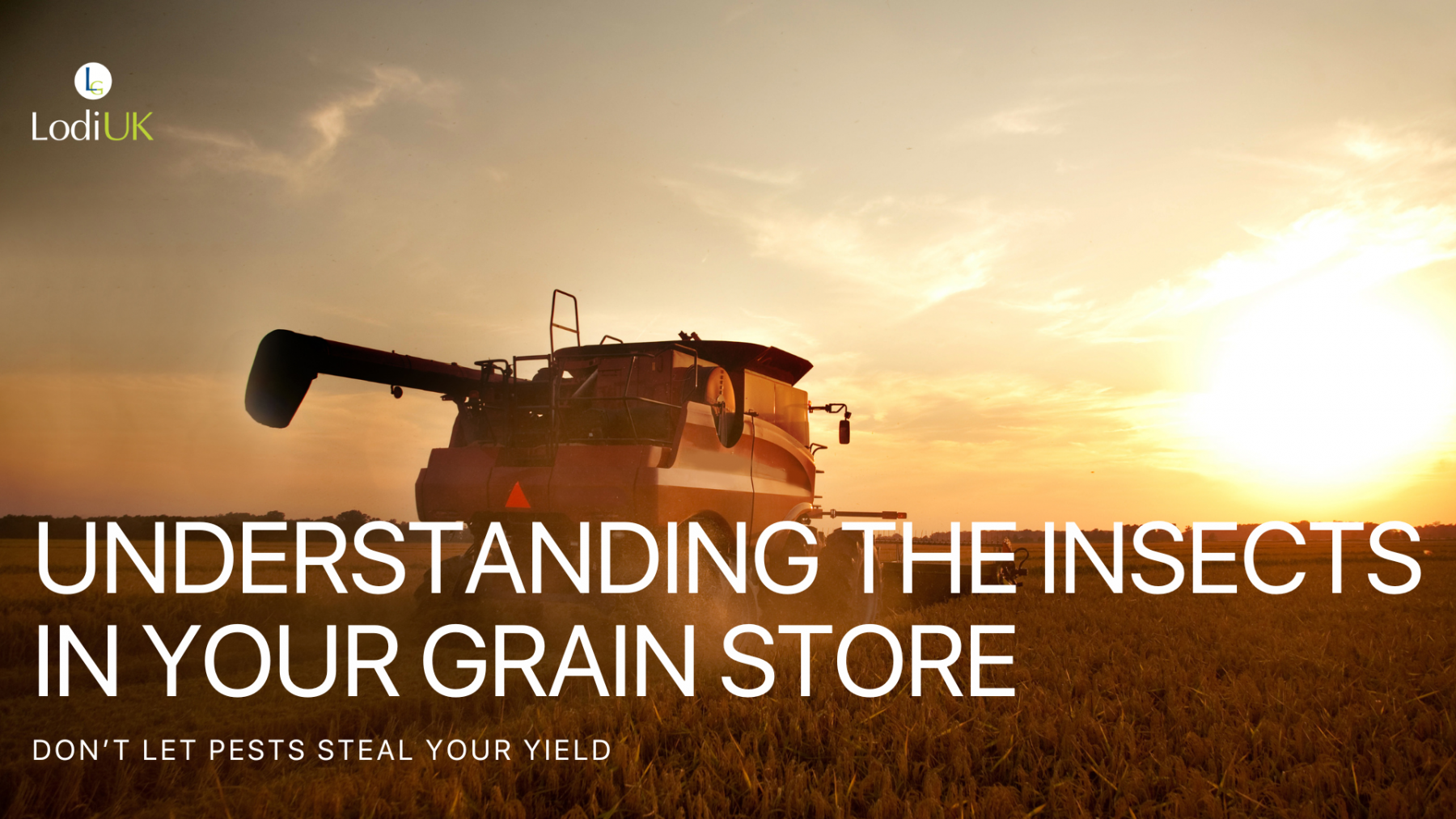
As of July 2025, the spread of Bluetongue virus (BTV) in UK livestock is escalating, with over 100 confirmed premises affected across Kent, Norfolk, Suffolk, and Essex. Newly emerging cases have been detected beyond the initial outbreak areas, with fresh restrictions introduced in parts of Cambridgeshire and Lincolnshire. The Animal and Plant Health Agency (APHA) and Defra continue to enforce strict Bluetongue control zones to limit further transmission. The virus is spread by biting midges, which are especially active during warmer months.
What is Bluetongue Virus and Why is it a Threat to UK Farmers?
Bluetongue virus (BTV) is a notifiable disease in the UK, which means all suspected cases must be reported to the APHA immediately. While Bluetongue does not pose a risk to humans, it causes significant harm to ruminants including sheep, cattle, goats, and more. Infected animals can suffer from fever, weight loss, reproductive issues, and even death, leading to serious financial consequences for livestock businesses.
The July 2025 outbreak is primarily due to Bluetongue serotype 3 (BTV-3), and the warmer weather conditions this summer have accelerated midge activity, increasing the potential for widespread transmission.
Bluetongue Symptoms in Sheep and Cattle (July 2025)
Recognising the early symptoms of Bluetongue in sheep and cattle is essential for farmers hoping to protect their herds. According to updated information from AHDB and NFU Online, the following clinical signs are now being seen with greater frequency in affected regions.
Bluetongue symptoms in sheep include:
- Persistent fever and general lethargy
- Facial swelling, particularly around the muzzle and eyes
- Mouth ulcers, crusting on lips, and excessive salivation
- Lameness and difficulty walking
- Nasal discharge and respiratory distress
- Abortions, stillbirths, and birth deformities
Bluetongue symptoms in cattle include:
- Reddening around the mouth, nose, and eyes
- Lesions or scabbing on the teats and muzzle
- Drop in milk yield and appetite
- Swelling above the hoof and limping
- Abortions or signs of fetal distress in pregnant cows
A growing concern in July 2025 is the increasing number of subclinical infections in cattle, where animals carry and spread the virus without showing any outward signs. This makes regular observation, testing, and effective Bluetongue prevention strategies even more critical for UK farmers.
Current Bluetongue Control Zones and Movement Restrictions in July 2025
Following the rapid expansion of the outbreak, Defra has updated Bluetongue control zones for July 2025, now covering large portions of Cambridgeshire and Lincolnshire in addition to the core outbreak zones. These legally enforced zones include the following restrictions:
- The movement of cattle, sheep, goats, and other susceptible animals is prohibited unless authorised by a veterinary certificate.
- Farmers within control zones must reconsider breeding, transport, and export plans to remain compliant.
- Additional midge surveillance, including trapping and animal blood sampling, is ongoing.
To check whether your farm is affected by current Bluetongue control zones, visit the official GOV.UK Bluetongue page.
How to Prevent Bluetongue Virus in Livestock
Preventing the spread of Bluetongue virus on your farm relies heavily on midge control, early identification, and collaboration with veterinary professionals. Below is practical advice on how to prevent Bluetongue in UK livestock during summer 2025.
1. Reduce Exposure to Biting Midges
Biting midges are the sole vector for the Bluetongue virus, so controlling their presence is the first and most important step:
- Apply approved insecticides in and around livestock housing to reduce midge populations.
- Use midge repellents directly on animals, following veterinary advice.
- Avoid turning animals out at dawn and dusk, when midge activity is highest.
- Install fine mesh screens on ventilation points and doors to keep midges out of barns and enclosed housing.
2. Monitor Animals and Act Quickly
Farmers should inspect their herds and flocks daily for early signs of infection. Any animal displaying symptoms such as fever, lameness, or facial swelling should be isolated immediately. Maintain up-to-date health records for all livestock and ensure staff are trained to spot the signs of Bluetongue. Early action can prevent outbreaks within your herd.
3. Speak to Your Vet About Vaccination Options
There is currently no licensed vaccine for BTV-3 available in the UK, but three inactivated vaccines are accessible under special license via veterinary prescription. Livestock keepers, particularly those within or bordering control zones, are strongly encouraged to consult their veterinarian. They can help assess the risk and assist with the application process to access these vaccines, where appropriate.
What to Do if You Suspect Bluetongue on Your Farm
If you believe an animal may be infected:
- Immediately isolate the suspected case to limit further spread.
- Contact your veterinarian for clinical assessment and testing.
- Report the case to the APHA as reporting Bluetongue is a legal requirement in the UK.
Early detection and compliance with reporting procedures are vital for national control efforts. Unreported cases contribute to further spread and can result in legal penalties for livestock owners.
Stay Updated on Bluetongue Virus in the UK (July 2025)
Farmers should refer to the following resources for up-to-date, verified guidance:
- GOV.UK – Bluetongue updates and restrictions
- NFU Online – Farmer alerts and disease tracking tools
- AHDB – Clinical advice on managing Bluetongue in livestock
These platforms provide reliable and regularly updated information on Bluetongue cases, animal health, and control zones across the UK.
Final Thoughts: Protecting UK Livestock from Bluetongue in Summer 2025
The rise in Bluetongue cases in July 2025 is a reminder of the increasing challenges posed by vector-borne livestock diseases in a changing climate. Milder winters and wetter summers have created ideal conditions for midge populations to thrive, raising the risk of future outbreaks.
To protect livestock health, farmers must be proactive. Understanding the symptoms of Bluetongue, staying informed on current control zones, and investing in on-farm prevention strategies are key steps in reducing the spread. Collaboration between farmers, vets, and authorities is essential to safeguard the national herd and minimise disruption to trade and operations.
Staying alert, informed, and prepared is the best defence against Bluetongue in UK livestock.





